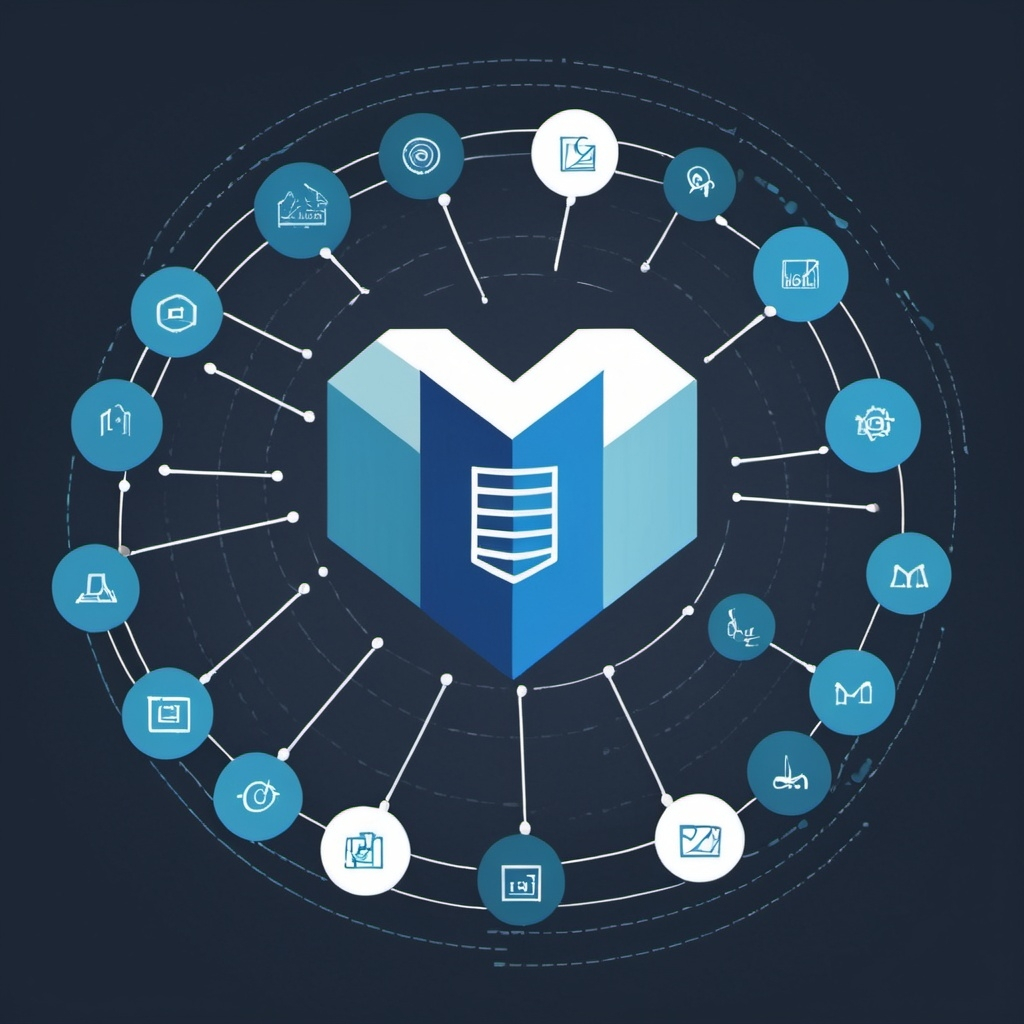Machine learning (ML) has become an indispensable tool in today’s data-driven world. However, creating effective ML models requires a well-structured approach. The machine learning lifecycle delineates the crucial stages involved in developing and deploying ML models, ensuring systematic and reproducible results. Let’s embark on an enlightening journey through each phase of this intricate process.
Problem Definition: Laying the Foundation
The inaugural stage of the ML lifecycle is problem definition – a critical step that sets the tone for the entire project. Here, we meticulously identify and articulate the challenge we aim to address using machine learning techniques. This phase encompasses several pivotal activities:
- Crystallizing objectives: We elucidate the problem statement and define clear, measurable goals.
- Assessing ML suitability: We evaluate whether machine learning is indeed the optimal approach for tackling the identified problem.
- Establishing success metrics: We delineate specific, quantifiable metrics to gauge the performance and efficacy of our model.
For instance, if we’re developing a model to predict email spam, we need to establish a precise definition of spam, gather a diverse corpus of emails, and determine the level of accuracy that would render our model effective in filtering out unwanted messages.
This foundational stage is paramount as it provides a clear roadmap for the subsequent phases, ensuring that our efforts are aligned with the overarching objectives of the project.
Data Collection: Gathering the Raw Materials
Once we’ve defined our problem, we move on to the data collection phase – the bedrock of any ML project. This stage involves amassing the requisite data to fuel our machine learning endeavor. Key activities in this phase include:
- Identifying data sources: We pinpoint relevant and reliable sources of data that align with our project objectives.
- Collecting raw data: We employ various methods such as database queries, web scraping, API calls, and more to gather the necessary information.
- Ensuring compliance: We adhere to data privacy regulations and ethical guidelines throughout the collection process.
In our email spam prediction example, we would collect a plethora of data points including email content, sender information, email frequency, and user interactions (such as whether the recipient marked the email as spam).
The quality and quantity of data collected during this phase can significantly impact the performance of our final model. Therefore, it’s crucial to cast a wide net and gather comprehensive, representative data that captures the nuances of the problem we’re trying to solve.
Data Preparation: Refining the Raw Materials
With our raw data in hand, we proceed to the data preparation phase – a crucial step that transforms our unprocessed information into a format suitable for analysis and modeling. This stage involves several intricate processes:
- Data cleaning: We address missing values, outliers, and duplicates to ensure data integrity.
- Data transformation: We normalize and scale numerical variables, and encode categorical variables to make them machine-readable.
- Feature engineering: We create new features or modify existing ones to potentially enhance model performance.
- Data splitting: We partition our dataset into training, validation, and test sets to facilitate model development and evaluation.
In our spam email prediction scenario, we might normalize the text length, encode the sender’s domain into numerical values, and create new features such as the presence of specific keywords or the frequency of emails from the same sender.
The data preparation phase is often iterative and time-consuming, but it’s absolutely critical. The old adage “garbage in, garbage out” holds particularly true in machine learning – the quality of our prepared data directly influences the performance of our models.
Exploratory Data Analysis (EDA): Unearthing Hidden Insights
With our data cleaned and prepared, we delve into the Exploratory Data Analysis (EDA) phase – a crucial step that allows us to gain deep insights into our dataset. EDA helps us understand the underlying patterns, relationships, and anomalies in our data. Key activities in this phase include:
- Data visualization: We create various plots and charts to visualize data distributions and relationships between features.
- Statistical analysis: We perform statistical tests to identify significant variables and correlations.
- Anomaly detection: We identify potential issues such as data imbalance or unexpected patterns.
In our email spam prediction example, we might use word clouds to visualize frequently occurring words in spam emails, create bar charts to show the distribution of email lengths or use heatmaps to illustrate correlations between different features.
EDA is not just about understanding the data – it’s about developing intuitions and hypotheses that can guide our modeling efforts. The insights gained during this phase can inform feature selection, and model choice, and even lead us to collect additional data if necessary.
Model Building: Crafting the Predictive Engine
With a thorough understanding of our data, we move on to the model building phase – the heart of the machine learning process. This is where we develop and train our ML models using the prepared data. The model building phase involves several key steps:
- Algorithm selection: We choose appropriate algorithms based on the nature of our problem (classification, regression, clustering, etc.) and the characteristics of our data.
- Model training: We train multiple models using our prepared dataset, adjusting various parameters to optimize performance.
- Hyperparameter tuning: We fine-tune the hyperparameters of our models to further enhance their predictive power.
- Cross-validation: We use techniques like k-fold cross-validation to ensure our models generalize well to unseen data.
In our spam email prediction scenario, we might train several models such as Naive Bayes, Logistic Regression, and Support Vector Machines. We would then use techniques like grid search or random search to find the optimal hyperparameters for each model.
The model building phase is often iterative, involving multiple rounds of training, evaluation, and refinement. It’s crucial to maintain a balance between model complexity and interpretability, ensuring that our models not only perform well but are also understandable and explainable.
The ML Lifecycle
The machine learning lifecycle is dynamic and iterative. Each stage is vital for developing reliable and effective ML models. By following this structured approach, data scientists can systematically tackle complex projects. This ensures high-quality outcomes and drives meaningful business impact.
Each phase of the ML lifecycle, from problem definition to model deployment, transforms raw data into predictive insights. Mastering this process harnesses the full potential of machine learning. This turns the promise of data-driven decision making into a tangible reality.
As we conclude our exploration of the ML lifecycle, it’s worth noting that the journey doesn’t end with model deployment. Continuous monitoring, maintenance, and refinement are essential to ensure our models remain accurate and relevant in the face of changing data patterns and business needs.

Explore TechTalent: Elevate Your Tech Career
Ready to take your interactive walkthrough skills to the next level?
TechTalent offers opportunities to certify your skills, connect with global tech professionals, and explore interactive design and development.
Join today and be part of shaping the future of interactive walkthroughs!
